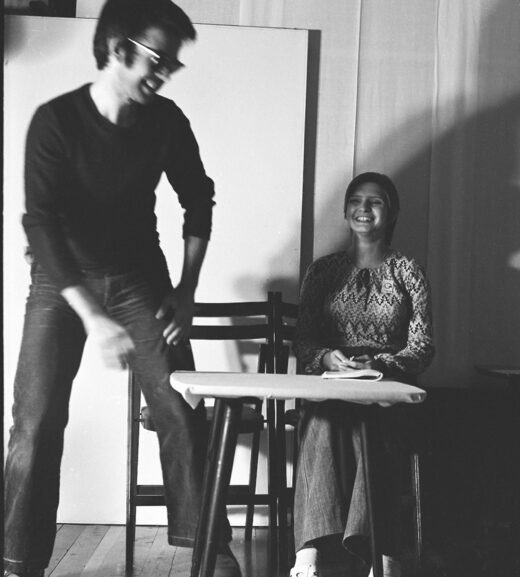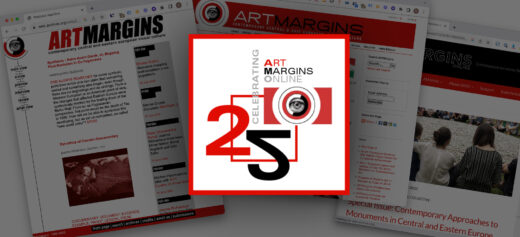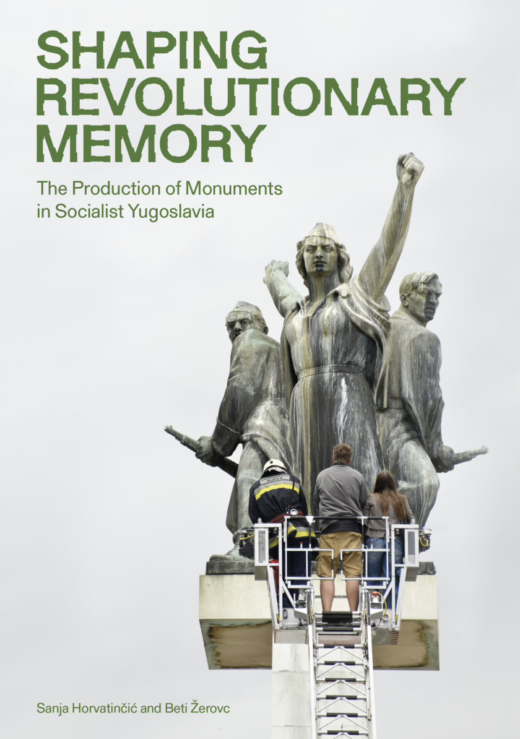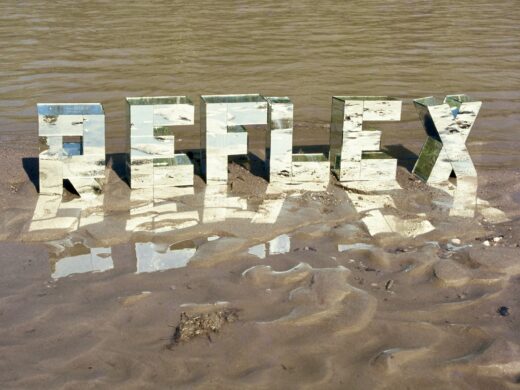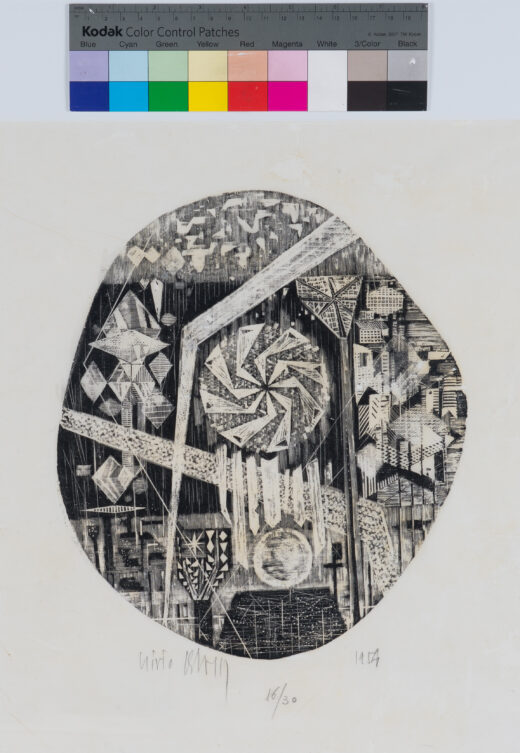Ricochets: Ukrainian Solidarity and Resilience at the 60th Biennale di Venezia
The war in Ukraine continues to loom large at this edition of the Venice Biennale, as it did at the last, though now the nightmare unfolds in parallel with the heavily mediatized Israel-Hamas war. The city’s walls are plastered with red fly posters advertising directions to the “Nearest Bomb Shelter,” which, as a map shows, is located not far from the Ukrainian pavilion. This information vies for pedestrians’ attention with the “No Genocide Pavilion” Palestinian solidarity posters. An exhibition has been mounted in the Israeli pavilion, but a sign informs visitors that this will remain closed pending the release of … Read more


